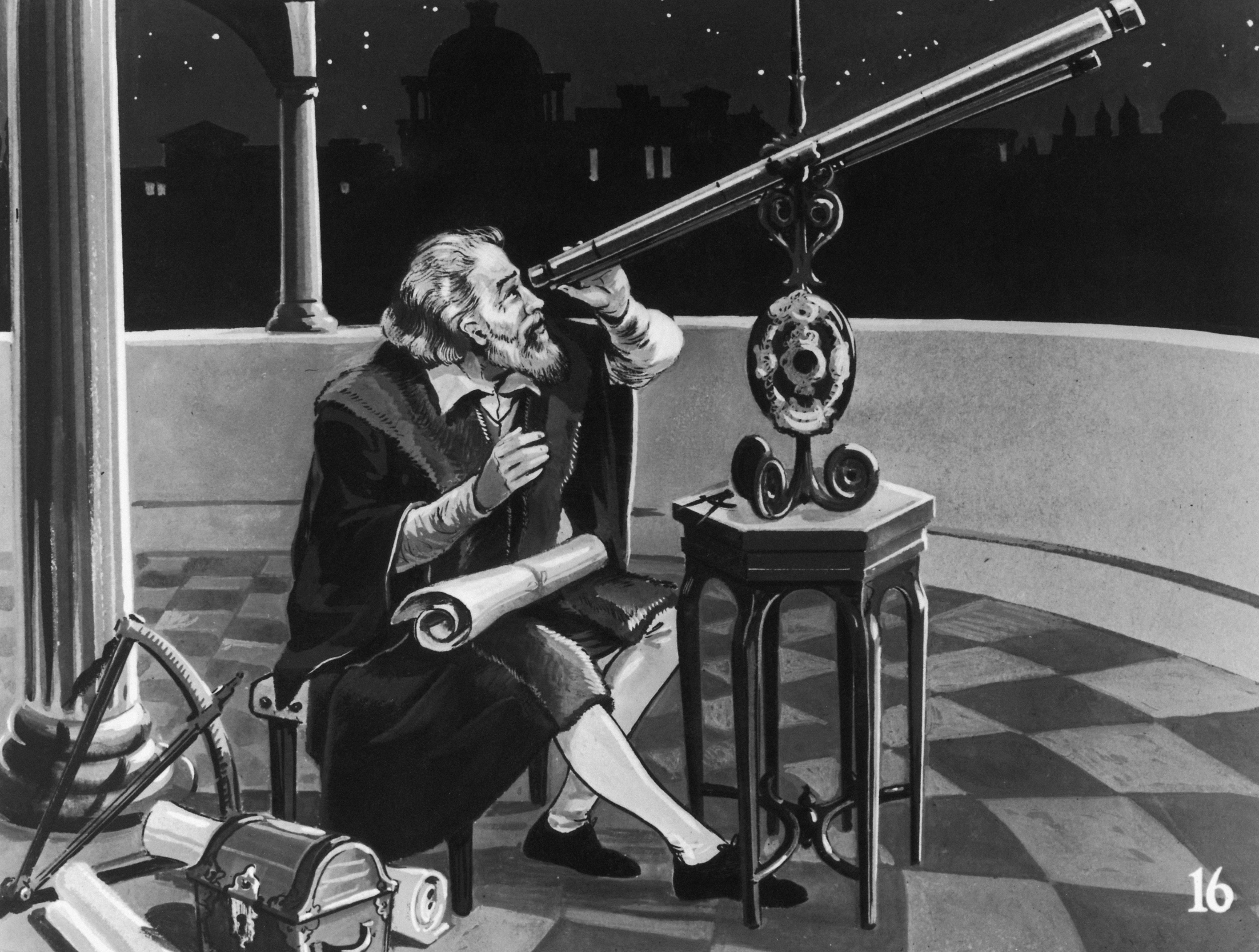That’s light as an aggregate wave. Photons, actual light, always travel at c. What’s happening in a medium is the rapid absorption and readmission of photons. The probability of admission is based on structure of material causing things like lens or mirrors to work.
You can think of it as the photons having to jump between platforms before the can continue running at c.
What’s happening in a medium is the rapid absorption and readmission of photons. […]
You can think of it as the photons having to jump between platforms before the can continue running at c.
That’s an intuitive model, but unfortunately it doesn’t have the advantage of actually being correct. Photons are not being absorbed and reemitted. See here for why: https://lemmy.world/comment/5444224
That is wrong. Stochastic yes. Photons emission is probabilistic. Destructive interference causes emission to overwhelming follow classical wave theory. Here’s a better explanation with a neat graphic.
It sounds like you’re conflating different concepts. A stochastic process like absorption/reemission would blur the light, so that’s not it. And the linked explanation is basically correct (in classical physics at least), but it doesn’t corroborate what you originally claimed as that’s not necessarily requiring absorbing anything. Photons can jiggle the charged particles in glass and get them to make new phase shifted light despite not being absorbed.
But doesn’t relativity explicitly state that c is the speed of light in a vacuum, and travelling through other mediums explicitly changes and is explained by relativity?
Not really no. Special relativity explains the relationship between space and time. General relativity expands on this to account for gravitation.
One of the postulates (i.e. assumptions) of relativity is that the speed of light in vacuum is the same for all observers. But the theory doesn’t actually require any particular value for c, it only needs it to be constant. And it doesn’t explain the behavior of light in a medium at all.
In fact, relativity doesn’t explain the mechanism by which light interacts at all, that is the domain of Quantum Electro Dynamics.
Wow that is so interesting. So am I understanding that relativity explains space, time and gravity’s interactions with one another, while quantum science explains interactions with much smaller objects like matter?
deleted by creator
That’s light as an aggregate wave. Photons, actual light, always travel at c. What’s happening in a medium is the rapid absorption and readmission of photons. The probability of admission is based on structure of material causing things like lens or mirrors to work.
You can think of it as the photons having to jump between platforms before the can continue running at c.
That’s an intuitive model, but unfortunately it doesn’t have the advantage of actually being correct. Photons are not being absorbed and reemitted. See here for why: https://lemmy.world/comment/5444224
That is wrong. Stochastic yes. Photons emission is probabilistic. Destructive interference causes emission to overwhelming follow classical wave theory. Here’s a better explanation with a neat graphic.
https://physics.stackexchange.com/questions/466/what-is-the-mechanism-behind-the-slowdown-of-light-photons-in-a-transparent-medi
It sounds like you’re conflating different concepts. A stochastic process like absorption/reemission would blur the light, so that’s not it. And the linked explanation is basically correct (in classical physics at least), but it doesn’t corroborate what you originally claimed as that’s not necessarily requiring absorbing anything. Photons can jiggle the charged particles in glass and get them to make new phase shifted light despite not being absorbed.
https://youtu.be/YW8KuMtVpug
https://youtu.be/CiHN0ZWE5bk
deleted by creator
reject reflectors return to long tubes
Interference in matters structure causes classical wave like behavior.
deleted by creator
But doesn’t relativity explicitly state that c is the speed of light in a vacuum, and travelling through other mediums explicitly changes and is explained by relativity?
I am 100% a layman and do not know the answer.
Not really no. Special relativity explains the relationship between space and time. General relativity expands on this to account for gravitation.
One of the postulates (i.e. assumptions) of relativity is that the speed of light in vacuum is the same for all observers. But the theory doesn’t actually require any particular value for c, it only needs it to be constant. And it doesn’t explain the behavior of light in a medium at all.
In fact, relativity doesn’t explain the mechanism by which light interacts at all, that is the domain of Quantum Electro Dynamics.
Wow that is so interesting. So am I understanding that relativity explains space, time and gravity’s interactions with one another, while quantum science explains interactions with much smaller objects like matter?
deleted by creator
This is how I feel every time I touch any non-basal physics topic.
I swear this made sense once upon a time…